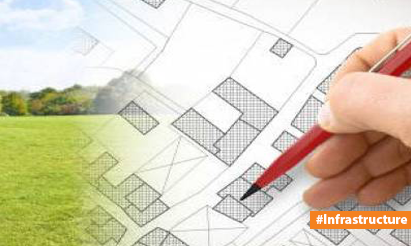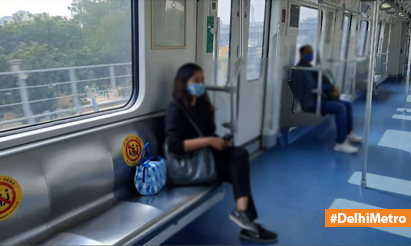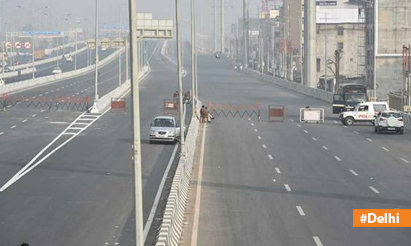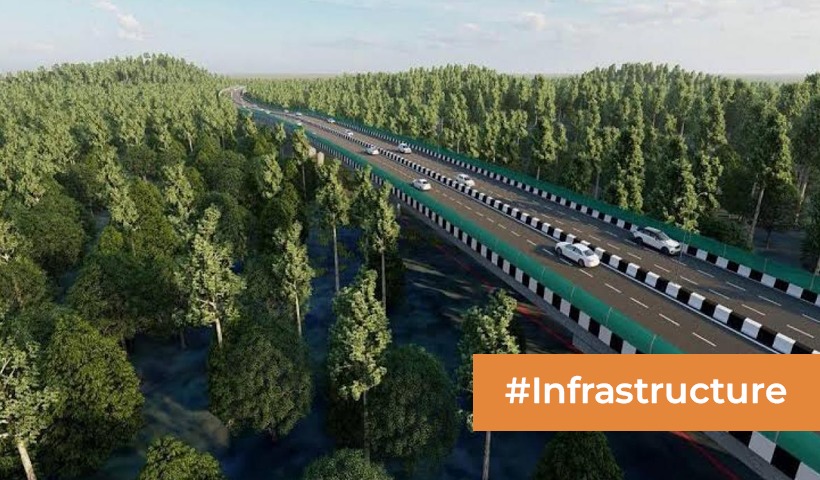All about the Delhi-Meerut 14-lane Expressway
The Delhi-Meerut Expressway was initially envisaged in 1999 to improve access to the western part of the national capital region (NCR), but development was put on hold owing to financing concerns.
The project was certified in November 2013, and the Central government opted to fund it rather than the state government of Uttar Pradesh. While work began in December 2015, the highway has been completely operational from April 1, 2021, reducing travel time between New Delhi and Meerut from 2.5 hours to 45 minutes.
This 96-kilometer highway is India’s largest road, with up to 14 lanes in sections. It links Delhi and Meerut through Dasna in Ghaziabad and is a controlled-access highway. The highway runs through some of the NCR‘s most crowded districts, raising the infrastructure’s cost to Rs 8,000-10,000 crore. The National Highways Authority of India contributed around 40% of the entire project cost. The remaining 60% is coming from outside sources, led by a consortium by Punjab National Bank.
What are the advantages of the Delhi-Meerut 14-lane Expressway?
The Delhi Meerut Expressway has been finished and is currently available to traffic. We delivered on our pledge to cut the time it takes to drive from Delhi to Meerut from 2.5 hours to 45 minutes. The Delhi Meerut Expressway project was built for Rs 8,346 crore in the states of Uttar Pradesh and Delhi to decongest the Delhi-NCR and to deal with the continual growth in high-speed traffic, traffic bottlenecks, and growing pollution levels.
The project is 82 kilometers long, with 60 kilometers of the expressway and 22 kilometers of national roads. This project included the construction of 24 minor and major bridges, 10 flyovers, 3 ROBs, 95 underpasses, 15 subways, and 12 foot over bridges. A lighting facility has been installed on the route, along with 4,500 more lights. Nizamuddin Bridge to UP Border, UP Border to Dasna, Dasna to Hapur, and Hapur to Meerut are the four components of the project. A sufficient number of cameras have also been installed for the safety of commuters using the highway, as well as to keep a close eye on any infractions of traffic laws and regulations.
A 2.5-meter bike corridor and a 2-meter-wide walkway have been developed with the safety of cyclists and walkers in mind. This expressway is being constructed as a Smart Expressway, which would provide road users with not just complete information about the expressway’s climate, traffic, and other pertinent characteristics, but also information on accidents at various points.
To provide a comfortable ride for road users, services such as an ambulance, crane, gas pump, restaurants, and car maintenance shops have been created in Village Didwari as part of the DME Package.
Disclaimer: The views expressed above are for informational purposes only based on industry reports and related news stories. PropertyPistol does not guarantee the accuracy, completeness, or reliability of the information and shall not be held responsible for any action taken based on the published information.




